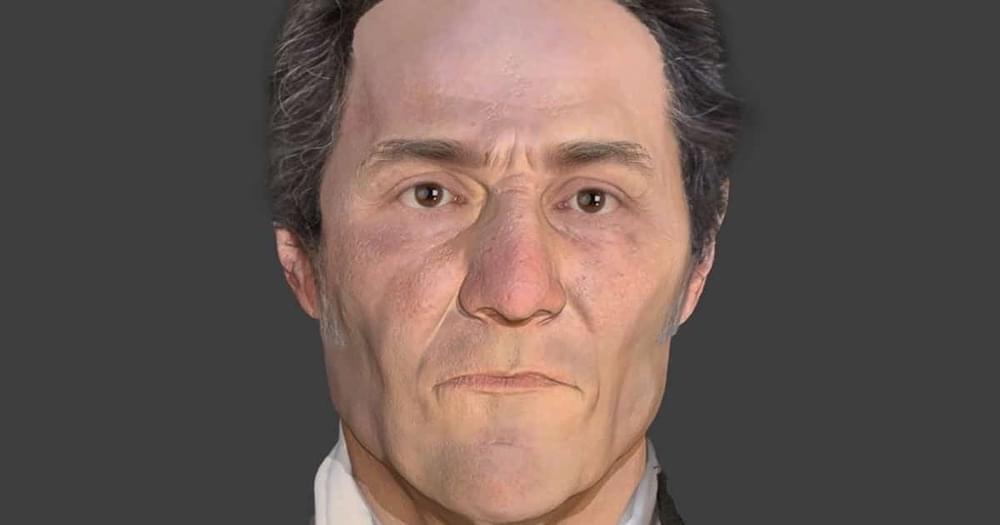Circa 2020 face_with_colon_three
UNSW researchers have overcome a major design challenge on the path to controlling the dimensions of so-called DNA nanobots—structures that assemble themselves from DNA components.
Self-assembling nanorobots may sound like science fiction, but new research in DNA nanotechnology has brought them a step closer to reality. Future nanobot use cases won’t just play out on the tiny scale, but include larger applications in the health and medical field, such as wound healing and unclogging of arteries.
Researchers from UNSW, with colleagues in the UK, have published a new design theory in ACS Nano on how to control the length of self-assembling nanobots in the absence of a mould, or template.









